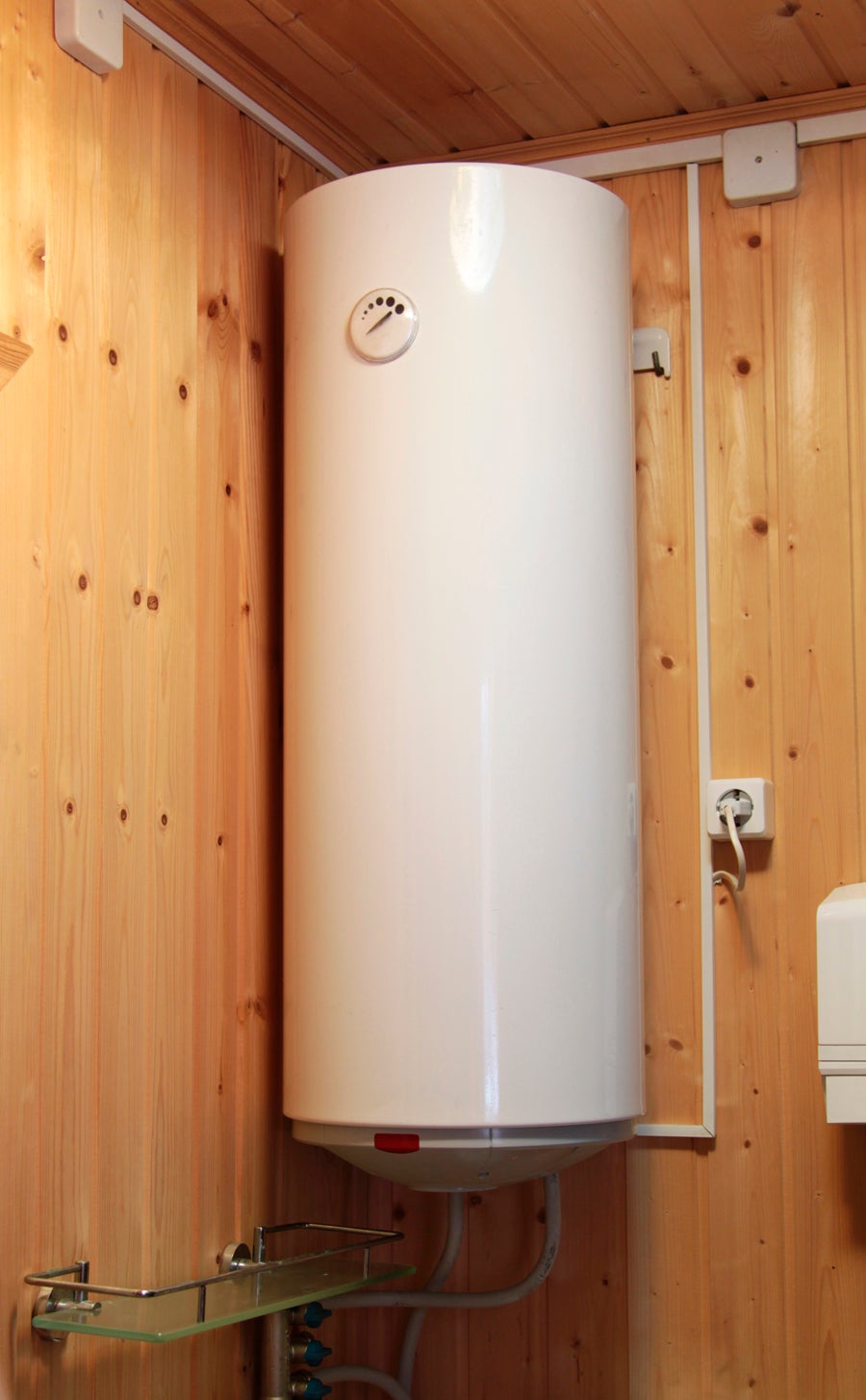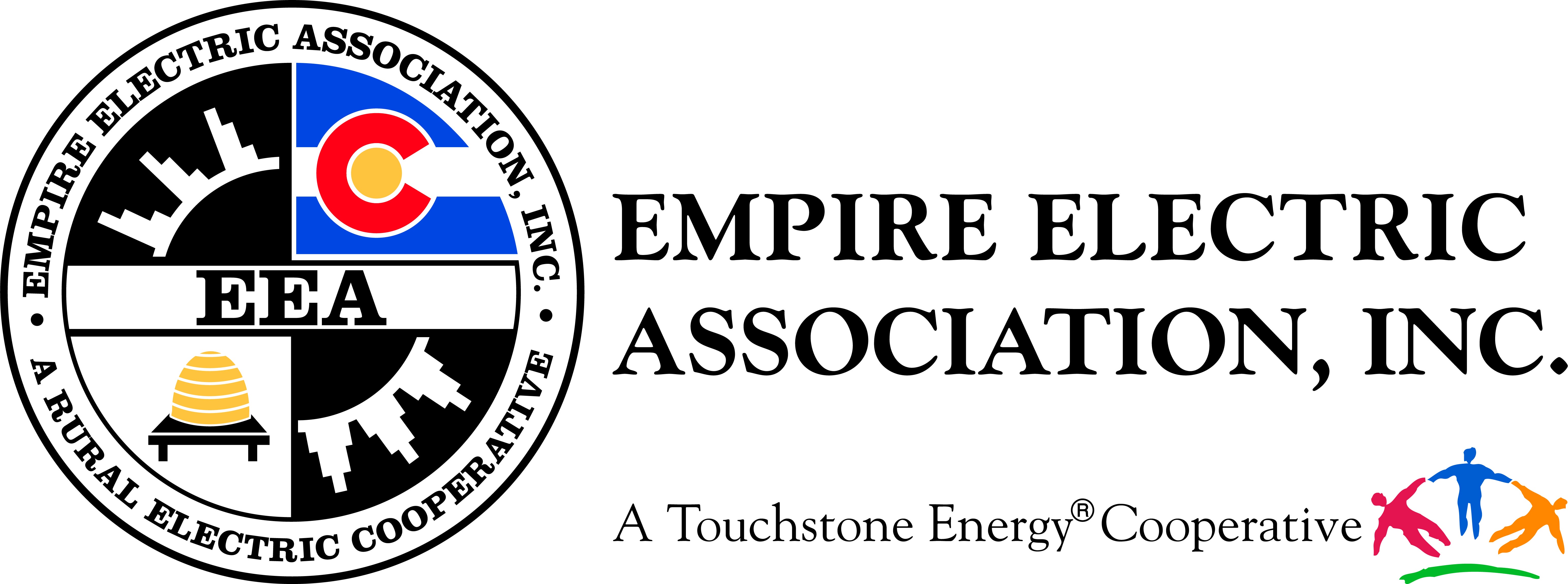The second largest energy consumer in the home, after space-conditioning, is water heating. Water heating accounts for more than 15 percent of the average home's total energy use.
This major contributor to the home's energy bill is often forgotten because it is an out-of-sight energy-consuming system. This is a great place to start for quick savings by making some easy changes and understanding the factors that affect how much hot water a home uses.
Those factors are: the number of people using the hot water, how much they use and the size of the hot water tank. For instance, a family of four that takes lots of long showers and cleans several loads of laundry each day, could use four or five times as much how water as a person living alone who takes quick showers and only occasionally runs the dishwasher or laundry equipment.
The size of the tank dictates how much hot water is used by limiting how much is available. A small water heater would keep showers short by running out of hot water. Recent Federal regulations limit the size of standard electric resistance water heaters to 50 - 60 gallons to improve operational efficiency levels. Larger sizes are only available in units with a heat pump attached.
The location of the tank can also affect the amount of energy used. For example, one that is located in a warm garage will experience less stand-by heat loss than one located in a cold basement or outdoor shed.
Water heaters generally consist of two sealed tanks with insulation between the two. The internal tank heats and stores the water and any heating elements. The outer tank is a shell fitted with access panels so adjustments can be made to the thermostats and maintenance can be performed. The space between the two tanks is filled with insulation, including: fiberglass, foam, and concrete.
Most units are powered by natural gas or electricity, although some use propane, heating oil, or the sun for an energy source. Many sizes of storage units are available that can fit in many different locations from an open room to a closet space or under a cabinet.

Key points:
1. Small-capacity gas-fired water heaters, in the 30-gallon to 50-gallon range, must now have at least 2 inches of insulation on the sidewalls of the tank and 2 to 4 inches at the top of the tank.
2. Gas-fired water heaters with 55-gallon or larger tanks can no longer be vented into a chimney.
3. New condensing water heaters must be connected to a PVC vent and direct vented to the outdoors.
4. The new electric-powered water heaters with 55-gallon and larger tanks will be hybrid heat pumps that use 50 percent less energy but are much larger and taller than previous units.
5. The new regulations do not affect on-demand tankless water heaters.
